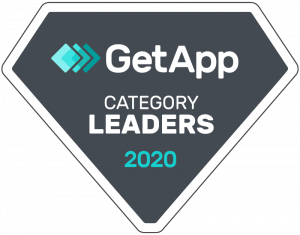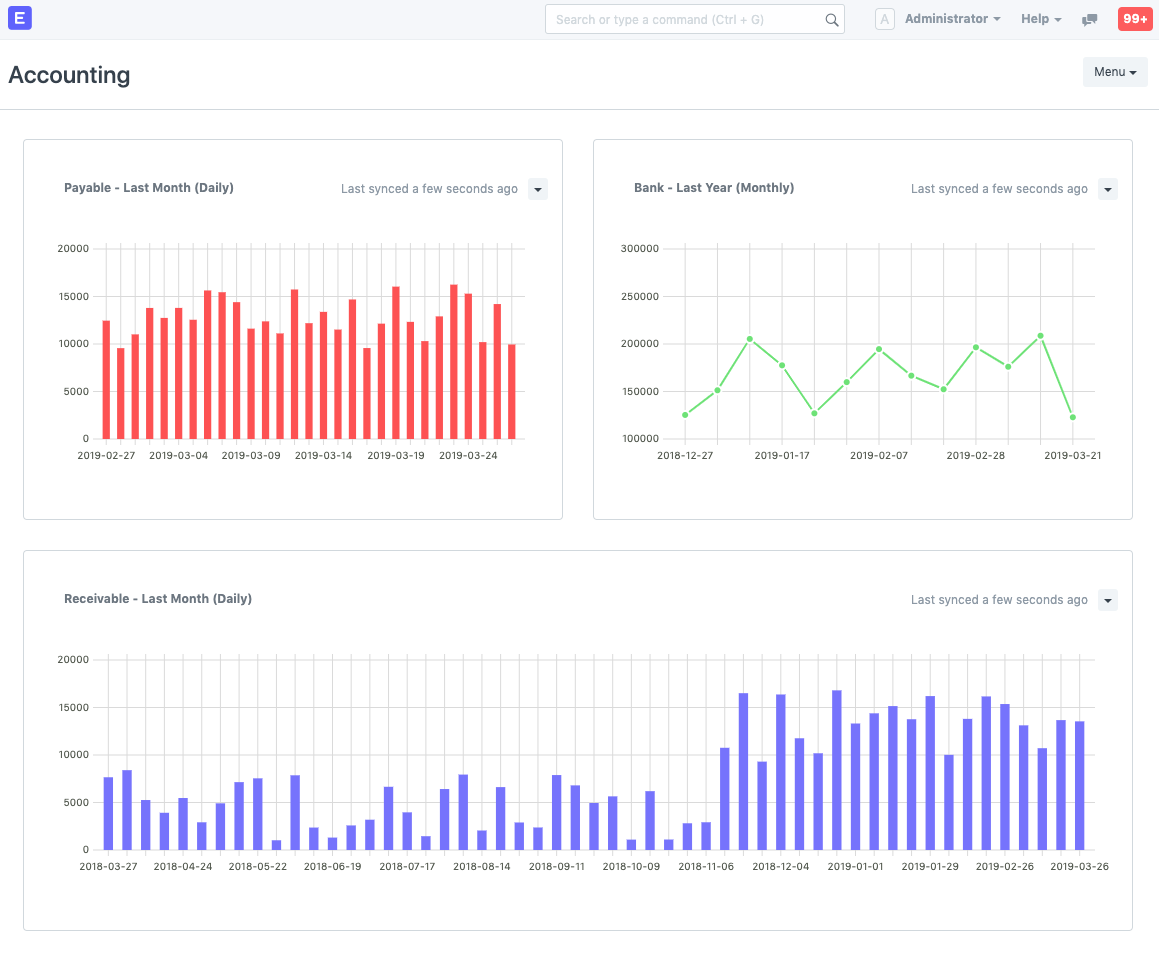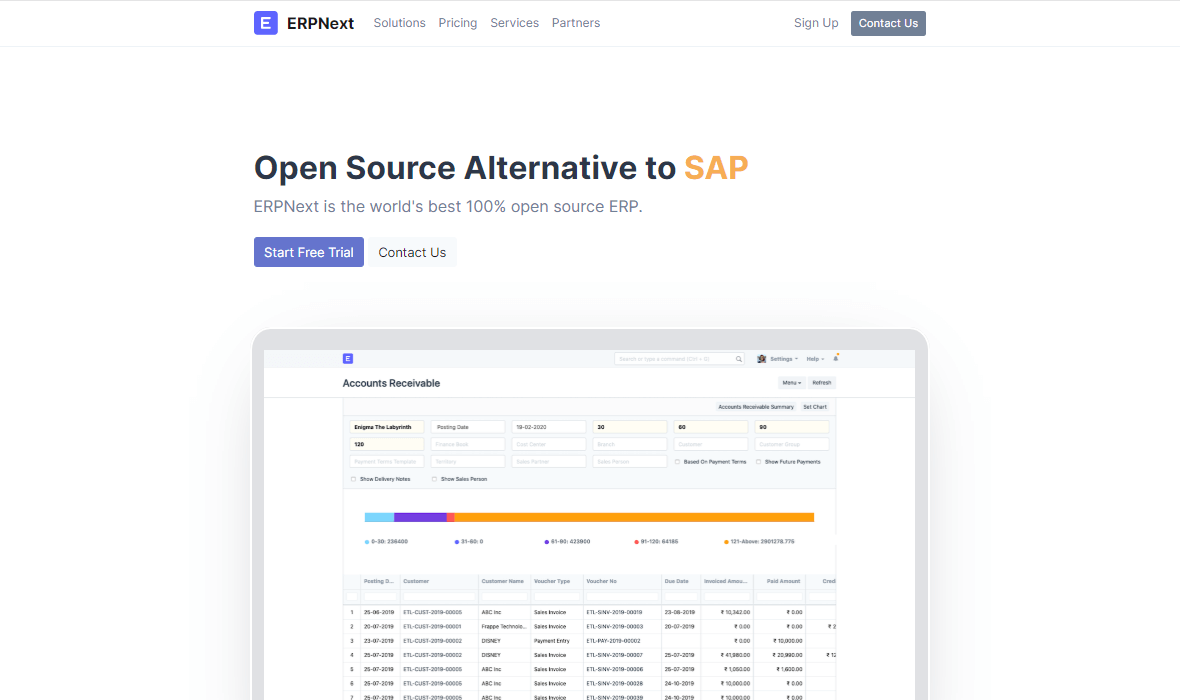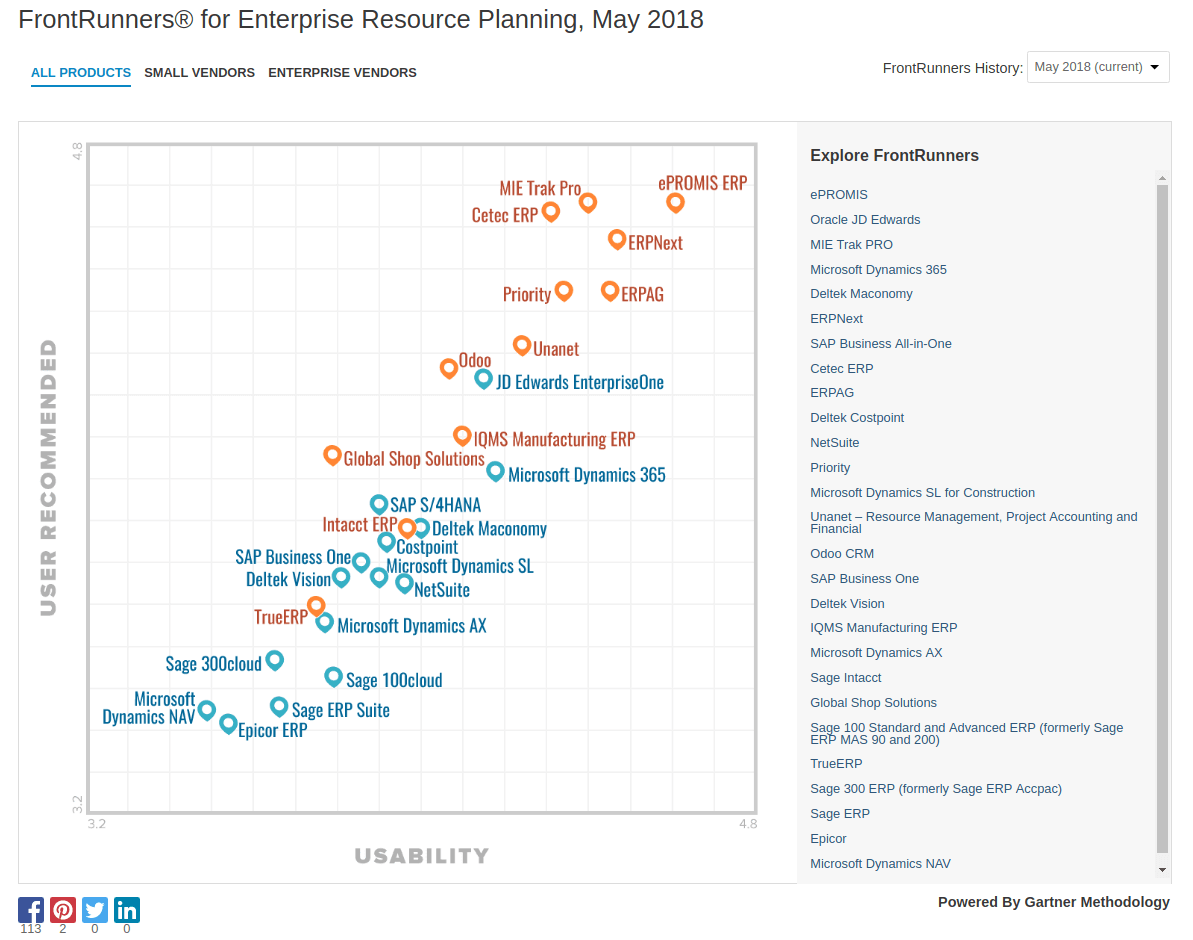Read how the Frappe Framework speeds up your time to market capability!
It is not the beauty of a building you should look at; its the construction of the foundation that will stand the test of time.
David Allan Coe, Read more at BrainyQuotes.com
We all know that ERPNext is in the Top 5# of Gartner’s user friendly and user recommendation matrix in 2018. Pls. see my earlier **post here **on that topic. I had also written this post about the fantastic community support you can get when you start using ERPNext. While people are abuzz about the how fantastic ERPNext is, I am eager to point out the even more amazing framework ERPNext is built on.
Today, I want to talk a little about why we need a framework and introduce you to the Frappe Framework.
Why do we need a development framework?
As a web developer back in 2000s, I always used to ask myself , whether there was an easier way to do a few things which was common to all web applications being built. Some issues were related to the product development and others related to the process. My frustrations are captured below.
Users and authentication
Some of the common features we would build included security and user authentication, where I needed to build functionality such as user type, user permissions, logging in, logging out. Or Adding and removing users , adding or removing permissions. You had to know these requirements before you started your development.
Business Logic
Then there was of course the business logic and the corresponding database to front end mapping. This is where every time we added a new field we had to go and change the database table and all the mapping and related to SQL. In order to avoid late additions, we used to capture all possible fields up front via a requirements study.
Internet speed / Browser Incompatibility / Web 2.0
First there were a myriad of browsers. Then there was the internet speed to consider. One had to optimize content for dial up speeds and the broadband. Then we had Web 2.0 and mobile responsiveness where being able to view a web page on every conceivable device became a key success factor. And then followed by mobile first application.
The Waterfall method
A development cycle, called the Waterfall method, was frequently used which would take months to deliver application. In short, the Time to Market, so critical that it was a contributing factor to make or break situations for many startups.
So everything from creating a record via a web front end to managing the user authentication was a pain in the rear. What was even worse was that it was almost impossible to achieve all the features without having to put together a patchwork of libraries from unknown or unreliable sources. It was a nightmare no one wanted to sign up for. And this common issue led to the development of programming model (such as the Model-View-Controller model aka MVC) and eventually led to full application development frameworks.
Fast Forward 2015-ish : The birth of Frappe Framework
Probably most of you don’t know that ERPNext is built on a framework called Frappe. The framework is the brainchild of Rushabh Mehta (Founder of Frappe Technologies) and the creator & original contributor ERPNext. The framework has been an evolution starting from approximately 10 years ago. What Rushabh and his team have done together is that they have continuously tried to generalize the problems that developers face and built an end to end framework that can get the basics of an APP (an application) up and ready in literally under 30 min.
Full stack, metadata driven web framework built on Python and Javascript, with a rich admin UI
It is a modern “Hero Framework”, with built in :
- Agile methodology compatible framework (rapid prototype and development)
- Login *Social Login, Multi Factor Authentication
- User profile management, restrictions
- Supplier or customer portal
- REST API & Webhooks
- Email Sending + Receiving
- Meta data driven
What are the benefits of using Frappe Framework?
Fast Forward to 2018, now every application needs to be mobile responsive, needs to have social login, needs to have TFA (Two Factor Authentication) as a necessity. Similarly, being able to email documents in PDF or connecting to 3rd party via APIs or triggering updates to several 3rd party systems seems to be helping in productivity.
Faster Time to Market
If you had to build this each time from the scratch, it would have meant, you develop your own libraries and then maintain them OR pay someone else to use theirs. Either way, you would have to look for them, pray that it is compatible with your work and then hope that is well maintained and that the bugs are fixed when you need them. Further, most of those libraries would not be Open Source and hence you wouldn’t even be able to examine the quality of code behind the curtains.
Zero Maintenance Cost
But with Frappe Framework, you don’t need to develop nor maintain this functionality. It is available to a developer at FREE of cost. Which means, if you deploy ERPNext in your company, as it grows and you hire more developers (within your team or externally) you can potentially develop new services or products around your existing infrastructure. And since it is so easy to build it, you will have the fastest time to market.
100% Open Source
Frappe Framework is a 100% open source framework and there is nothing hidden under a pay wall. Such a framework gives a developer or an enterprise three distinct advantages. You have the transparency to look into the code. You have the ability to modify the code to your needs. You stay in the know of security issues. Frappe is licenced under MIT Licence, which makes it easy for any enterprise to absorb it into their digital strategy framework. It is one of the most permissive license available for an open sourced project.
Security
Open source technology adopters can save money on reinventing the wheel and focus more on driving the deployment of secure applications. Open source technology means the organization takes ownership of application security. Taking ownership means monitoring the applications via the discussion forums where people asks questions and post vulnerability and seeking a consensus way of patching the application.
Conclusions
The above 3 advantages is a huge benefit for any organizations that chose to adopt ERPNext and the underlying framework. Because the next app or digital product that you will develop can leverage the framework and get you to the market the quickest, with the lowest cost of ownership (lowest TCO) and with a high level of assurance of quality and security.
1. ERPNext is built on Frappe Framework built using Python and JavaScript
2. It is a modern “Hero Framework”, with built in :
- Login *Social Login, Multi Factor Authentication
- User profile management, restrictions
- Supplier or customer portal
- REST API & Webhooks
- Email Sending + Receiving
- Meta data-driven
3. MIT License, which means you have no strings attached framework.
4. Makes organization capable fastest time to market
Zero licensing, 100% flexibility. What is not to like?

The Best Open Source ERP System in the World.

Flexibility limited only by your imagination!

Why is it popular?





